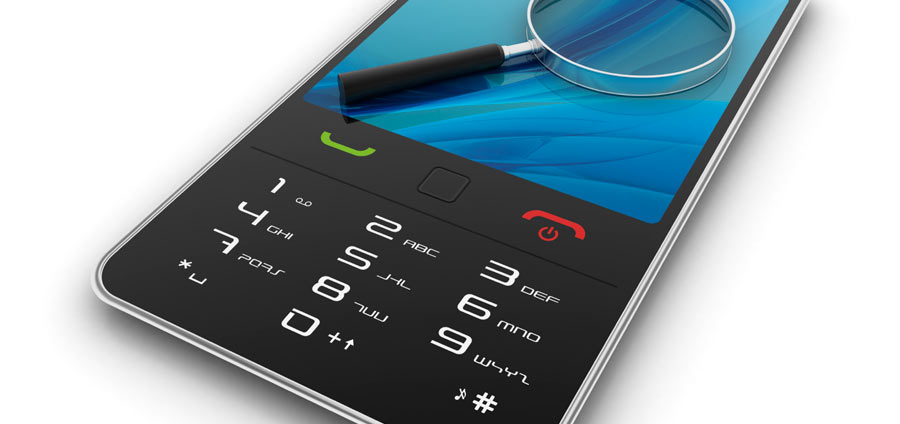

This will give you a sense of the process and the complications you’ll encounter along the way. You’ll start off with an example walk-through for a real device. If you’d like to know more about SQLite and Room, see our Data Persistence With Room tutorial. In order to get the SQLite database code & logic out of the way, the project uses a library called Room to store the reports. Tap an entry in the list to proceed to the reporting screen:Įxplore the project in Android Studio. Oh wait, all the reports are for animals! Well, who doesn’t want to protect a furry friend from harm? Once you enter a password and choose SIGN UP, you’ll need to enter that password when you launch the app in the future.Īfter that step, you’ll get a list of wrongdoings to report. But this kind of app gives you plenty of motivation for privacy. OK, it doesn’t really send the information to law enforcement. You’ll use a sample app called Snitcher, which lets users send anonymous tips about crimes to law enforcement.

Open and run the starter project in Android Studio 3.3.0 or higher to see what you’ll work with. That’s because the scenario is that you’ve finished your project and you’re now focused on extracting the data. You’ll notice this tutorial only has a final project. Getting Startedĭownload and unzip the materials for this tutorial using the Download Materials button at the top or bottom of this page.

If Android development is new to you, first read through the Beginning Android Development and Kotlin for Android tutorials. Note: This tutorial assumes that you’re already familiar with the basics of Android development and Android Studio.


 0 kommentar(er)
0 kommentar(er)
